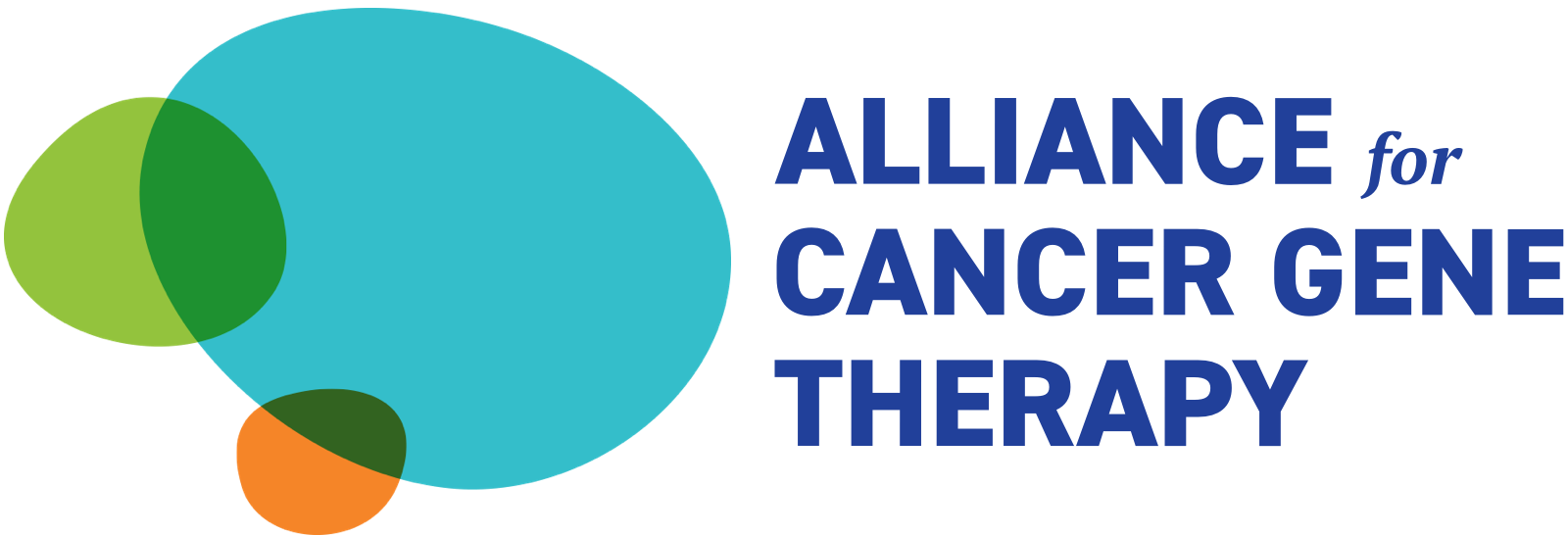Glioblastoma is the most common and aggressive type of primary brain tumor. Despite therapeutic advances over the past decade, the diagnosis of glioblastoma is associated with a median overall survival time of 8 months and a 5-year survival rate of less than 5%. Even if treatment with the current standard of care for glioma patients, which consists of surgery, temozolomide, and radiotherapy, is initially successful, nearly all malignant gliomas eventually recur. At the moment of recurrence, no treatment successfully cures the disease.
Naturally occurring or genetically modified viruses that selectively kill cancer cells are called oncolytic viruses.
In our laboratory, we have developed a platform of oncolytic viruses termed Delta-24. A new generation of this cancer-selective oncolytic adenovirus model, Delta-24-RGD, has arrived in the clinical arena and has been tested in patients with recurrent glioblastoma showing encouraging safety and efficacy results. Thus, 20% of patients treated with Delta-24-RGD as a single treatment survived more than 3 years after a single dose of this biological agent. Unfortunately, rapid clearance of the virus by the immune system prevents a response in a higher percentage of patients. In addition to other pre-clinical and clinical evidence, data from our clinical trial demonstrate that to improve the percentage of patients that respond to the therapy, we need to decrease the immune response against the virus, which in turn will increase the immune response against the tumor.
Therefore, this proposal aims to improve the response to virotherapy by attenuating the immune response against oncolytic adenovirus, with the goal of boosting the anti-tumor efficacy of this strategy. To this end, we propose two different strategies that can eventually be combined in a clinical trial. The first approach consists of making the virus less detectable by the immune system via substituting the most immunogenic viral protein with another viral protein for which the patients have not developed a pre-existing immune response. This new virus will persist longer in the tumor environment and thus maintain the window of opportunity to develop an anti-tumor immune response for a more prolonged time.
Our second approach involves the generation of tolerogenicity for the virus. To achieve this objective, we will target dendritic cells, which are in charge of the antigen presentation to the immune effector cells, using nano molecules to deliver viral antigens.
This strategy will diminish the response of the immune system against viral antigens, allowing the immune defenses to be focused on the tumor. If this highly innovative project is successful, we have the resources and infrastructure already in place to further translate these two strategies, as single approaches or in combination, to treat malignant brain tumors in the clinical scenario.














